This post may contain affiliate links. Please read our disclosure policy.
My Experience with WeightWatchers Old Food Based Exchange Plan VS. The WW Points Based Programs
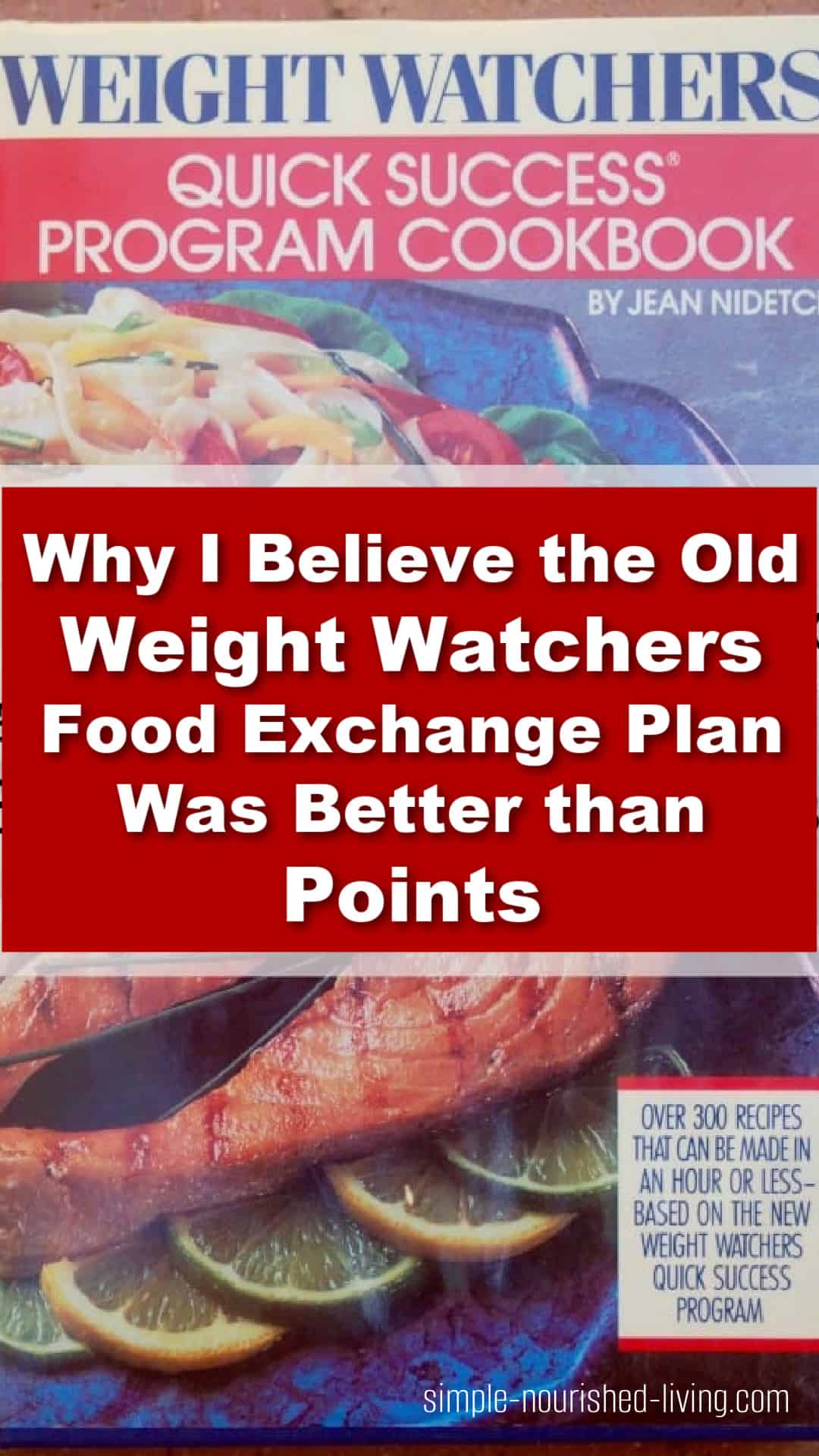
Did you ever have a nagging thought that you just couldn’t get out of your head? Here’s one that I’ve been wrestling with for a while now:
“The old Weight Watchers food based exchange program (Quick Success) from the late 1980s / early 1990s was better for my personal weight loss than counting Points”
This would be quickly followed by: “How could that be?” “You’re nuts.” “Weight Watchers is a huge public company that knows a lot more than you do.” “It’s so retro.” “It’s just because you learned it first, it’s the plan you had initial success with and became a lifetime member following.” “You’re being nostalgic.”
I did lose weight and become a lifetime member following, Quick Success, Weight Watchers food based exchange program, long before they switched over to Points. I followed the plan, learned a ton about healthy balanced eating and portion control and consistently lost weight week after week.
Naive and cocky, I failed to take maintenance seriously. I thought I’d be able to go it alone—a big mistake in retrospect. Live and learn. I now know that I need systems, discipline, accountability and support to maintain a happy healthy weight. It’s a lifelong journey.
Martha McKinnon’s Weight Watchers Story: Part 1
Martha McKinnon’s Weight Watchers Story: Part 2
Martha McKinnon’s Weight Watchers Story: Part 3
How I Came to the Conclusion that WW Food Exchanges Was Better than Points
Recently, I had a lightbulb moment: While I learned the Weight Watchers Points and Points Plus systems, and know how to calculate them, I don’t think in terms of Points, I think in terms of numbers of servings of food groups. What I learned way way back in that early 1990s Weight Watchers exchange plan has stuck with me all these years.
I think because it’s logical. You eat real food from all the food groups: starch, protein, fat, fruits, vegetables, and dairy. You are allotted so many servings from each food group every day. Once you learn serving sizes and number of servings, it’s easy to stay on track.
This way of eating was first developed for diabetics as a way to keep their blood sugar stable. And it worked really well for me. It’s a healthy balanced way of eating. It was “clean eating” back before such a term even existed.
Food exchange programs like this have been around for decades and are well tested. There’s nothing sexy, flashy or trendy about them, but they work. With exchanges you never forget that you are talking about FOOD.
So, while counting points works for some people, so does counting counting calories or food groups, and I think it’s a whole lot simpler, which is important when you are prone to laziness the way I am. When it comes to weight loss, simple is the only thing that has ever worked for me.
Then I read this interesting article in the NYT Article, which agreed with me and essentially said…
“…Recognizing this new evidence, the scientists on the 2015 Dietary Guidelines Advisory Committee, for the first time in 35 years have sent recommendations to the government without any upper limit on total fat. In addition, reduced-fat foods were specifically not recommended for obesity prevention. Instead, the committee encouraged consumption according to healthful food-based diet patterns
The limit on total fat is an outdated concept, an obstacle to sensible change that promotes harmful low-fat foods, undermines efforts to limit refined grains and added sugars, and discourages the food industry from developing products higher in healthy fats. Fortunately, the people behind the Dietary Guidelines understand that. Will the government, policy makers and the food industry take notice this time?”
It turns out the scientists on the 2105 Dietary Guidelines Advisory Committee for the US, agree with me 🙂 We should learn to eat according to healthful food-based diet patterns, just like I learned to do back with that old Weight Watchers Quick Start Exchange Program.
The sad thing is that US dietary policy and Weight Watchers can’t change on a dime. It will take years or decades for this information to make its way out to the masses. In the meantime folks will continue to struggle with low fat diet thinking.
Why I Think the Old Weight Watchers Food Based Exchange Plan Was Better for Weight Loss
I learned healthy balanced eating and portion control. It was not as restrictive as the Old Original Weight Watchers Plan from the 1960s, but more so than today’s approach which doesn’t provide enough structure and discipline for some folks.
I believe that when you are learning a new skill, such as healthy balanced eating, you need to start with the basics. You need clear instructions and guidance. You essentially need to be told what to do. You need training wheels until you learn to find your balance and begin riding without them.
We somehow have gotten to the place in our development where many of us are completely confused about how to feed ourselves in a healthy balanced way. We are overwhelmed by conflicting information. I was lost and confused when I first began WW back in the early 1990s.
WW Quick Success with it’s food based exchanges taught me a healthy balanced approach to eating that I’ve carried with me through to today.
The exchange lists group foods together because they are alike. Foods on each list have about the same amount of carbohydrate, protein, fat and calories.
Basics of the Weight Watchers Food Based Exchange Weight Loss Program
Under the Weight Watchers Quick Success Program, as a woman, I was allowed the following each day:
- 2-3 fruit exchanges
- 3+ vegetable exchanges
- 5-6 protein exchanges
- 2-3 bread/starch exchanges
- 3 fat exchanges
- 2 milk exchanges
- Beginning with the 5th week 1 optional floating exchange
- Optional calories per week: no more than 150 week 1, no more than 200 week 2 no more than 300 week 3, no more than 400 week 4, no more than 500 week 5 and beyond.
*Men and Youths add 2 Protein Exchanges, 2 Bread Exchanges, and 1 Fruit Exchange; Youths add 1 Milk Exchange
Once you had used up your exchanges and optional calories, the only choice was to supplement with vegetables if you were still hungry. There were days when I ate a lot of vegetables 🙂 Green beans and salsa were a particular favorite.
Examples from the WeightWatchers Fruit Exchange Group
Generally 1 serving is equal to:
- 1 small fruit like an apple or orange (about 4 ounces or 3/4 cup)
- 1 cup strawberries
- 1 cup melon
- 1/2 banana
- 1/2 medium grapefruit
- 1/2 cup blueberries, blackberries, raspberries
- 12 large or 20 small grapes
- 1/2 cup canned unsweetened fruit
- 1/2 cup fruit juice
- 2 dates
- 4 dried apricot halves
- 2 tablespoons raisins
Examples from the Weight Watchers Vegetable Exchange Group
Generally 1 serving is equal to:
- 1 cup raw leafy green vegetables like lettuce or spinach
- 1/2 cup of most other vegetables, raw or cooked
- 1/2 cup vegetable juice
Examples from the WeightWatchers Protein Exchange Group
Generally 1 serving is equal to:
- 1 ounce cooked meat, poultry or fish
- 1 egg
- 1 ounce hard or semisoft cheese
- 1/3 cup cottage cheese
- 1/4 cup canned tuna or salmon
- 3 ounces tofu
- 1/4 cup cooked dried beans, peas or lentils
Examples from the WeightWatchers Bread/Starch Exchange Group
Generally 1 serving is equal to:
- 1-ounce of bread or crackers
- 1/2 english muffin
- 1/2 cup cooked cereal or pasta
- 3/4 cup cold cereal
- 1/2 cup starchy vegetable (potatoes, peas, corn)
Examples from the WeightWatchers Fat Exchange Group
Generally 1 serving is equal to:
- 1 teaspoon oil or butter or margarine or lard or mayonnaise or animal fat
- 1-1/2 teaspoons salad dressing
Examples from the Weight Watchers Milk/Dairy Exchange Group
Generally 1 serving is equal to:
- 1 cup skim milk or 1% fat milk
- 1 cup soy milk
- 3/4 cup buttermilk
- 1/3 cup instant nonfat dry milk
- 1/2 cup low fat yogurt
- 3/4 cup nonfat yogurt
Sample Daily Menu Based on OLD WW Food Exchanges*
BREAKFAST
- 1/2 cup Pineapple Chunks
- 1/3 cup Cottage Cheese
- 1/2 cup Skim Milk
- Coffee or Tea
LUNCH
- Chicken & Swiss on Rye (1-1/2 ounces sliced chicken and 1/2 ounce Swiss cheese, lettuce, and 1 teaspoon mayonnaise on 2 slices reduced calorie rye bread)
- 6 Celery Sticks and 3 Cherry Tomatoes
- 1 cup Watermelon Chunks
- Coffee, Tea or Mineral Water
DINNER
- 3 ounces Baked Chicken Cutlet sprinkled with Lemon Juice and Chopped Parsley
- 1 serving Mozzarella, Tomato and Arugula Salad
- 1/2 cup each cooked Cauliflower and Green Beans
- 1/2 cup pudding
SNACK
- 1 cup Strawberries with 1/2 cup Plain Yogurt
*Men and Youths add 2 Protein Exchanges, 2 Bread Exchanges, and 1 Fruit Exchange; Youths add 1 Milk Exchange
The system provided much more structure than the current points system which was important because I was clueless about how to nourish myself. It forced me to eat in a balanced way that’s effective at keeping hunger at bay.
The old system taught me about what foods are categorized as proteins, starches, fats, fruits, vegetables and milk. And what amount makes a serving. I learned that 1/2 a medium banana or 12 large grapes was equal to 1 fruit exchange and that 1/2 cup of cooked rice or pasta or one one ounce slice of bread equaled one starch exchange.
Sample of Old Weight Watchers Quick Start Food Tracker
These days when I want to track/food journal for a few days, I tend to use a small notebook. I just jot down what I ate for breakfast, lunch, dinner and snacks. And I use check marks to keep track of my exchanges:
Example
B) 1/3 cup cottage cheese (1 Protein), 1/2 cup pineapple chunks (1 fruit), 1 slice wheat toast (1 bread)
Milk (2):
Fruit (3):
Veg (3+):
Protein (6):
Bread (2):
Fat (3):
Optional Cals:

A Comparison of WW Food Exchanges VS WW Points
Weight Watchers Food Exchanges Approach:
1. Basis:
- Concept: This approach categorizes foods into groups based on their macronutrient content (carbohydrates, proteins, fats) and assigns specific portions or “exchanges” for each group.
- Focus: Emphasizes portion control and balance among different food groups.
2. Pros:
- Simplicity: It provides a straightforward way to categorize and plan meals.
- Nutrient Balance: Encourages a balanced intake of carbohydrates, proteins, and fats.
- Education: Helps individuals understand the nutritional composition of different foods.
- Behavioral Aspects: Includes support groups and focuses on behavior change for long-term success.
3. Cons:
- Rigidity: Some find the need to track exchanges for every meal can be restrictive.
- Individual Variability: May not account for individual differences in metabolism or dietary needs.
Weight Watchers Points-Based Approach:
1. Basis:
- Concept: Assigns a point value to foods based on their nutritional content, with an emphasis on calories, saturated fat, sugar, and protein.
- Focus: Promotes flexibility by allowing individuals to eat any food within their allocated daily or weekly points.
2. Pros:
- Flexibility: Allows for a wide variety of foods, as long as individuals stay within their allotted points.
- Adaptability: Can be personalized based on individual preferences and dietary restrictions.
- Behavioral Aspects: Includes support groups and focuses on behavior change for long-term success.
3. Cons:
- Complexity: Some may find the points system complex, especially when starting.
- Subjectivity: Points are assigned based on specific criteria, which might not perfectly reflect an individual’s nutritional needs.
Summary:
- The Weight Watchers food exchange-based diet focused on categorizing foods into groups, promoting balance and portion control.
- The Weight Watchers Points-based approach assigns points to foods based on nutritional content, offering increased flexibility in dietary choices.
Ultimately, the choice between the two depends on individual preferences, lifestyle, and the level of structure or flexibility desired. Some people may find success with one method over the other based on their personal preferences and adherence. The bottom line is that to lose weight you need to figure out a way to eat less (create a calorie deficit) that you can live with.
If Points are working for you and you don’t find the process cumbersome, that’s great. Stick with what is working for you. But if counting points is not working, if calculating them seems overly complicated, or if you feel like you need more structure, you may want to experiment with the old food based exchange approach, like the one in the Weight Watchers’ Quick Success Program Cookbook.
If you are interested in following the old WW Program you can buy the Weight Watchers’ Quick Success Program Cookbook, which includes plan/program details and 5 weeks of Meal Plans on Amazon.
My Favorite WW Cookbooks with Food Exchange Information
WeightWatchers included food exchange details in their cookbooks published through 1999. Some of my favorite WW Cookbooks with exchange information are:
- Weight Watchers Simply the Best: 250 Prizewinning Family Recipes (1997)An award-winning collection of 250 recipes submitted by Weight Watchers members that are sure to win rave reviews from your own friends and family. Simply the Best has a recipe to please every palate: Asian Meatballs, Corn and Bean Chowder, Cranberry Basmati Rice, Chicken Tetrazzini — plus a wealth of selections from soups and appetizers to main dishes and desserts.This is one of my favorites from which I’ve cooked dozens of recipes, mostly before I began this website.
- Shrimp Salsa
- Hot Shrimp Dip
- Cream of Broccoli-Cheese Soup
- Tortellini Soup
- Chicken Waldorf Salad
- Baked Yams with Pineapple
- Black Bean Fiesta Salad
- Orange Cucumber Salad
- Arroz con Pollo
- Grilled Chicken with Mozzarella and Red Peppers
- Shrimp with Feta and Tomatoes
- Greek Spinach and Rice
- Beans and Rice Ole
- Weight Watchers Favorite Homestyle Recipes: 250 Prize-Winning Recipes from Weight Watchers Members and Staff
I’ve had this cookbook since my initial go-around with Weight Watchers back in the early 1990s. Because the recipes were contributed by Weight Watchers members, staff and magazine readers they are simpler and down-home in nature.
- Weight Watchers Simply Light Cooking: 250 Recipes from the Kitchens of Weight Watchers
Another book I picked up at VNSA Used Book Sale, this was published in 1992, so it predates Points Plus, making it a good choice for folks who prefer to count exchanges. The nutritional information needed to calculate Points is provided. Many of the recipes are designed to serve 1 or 2.
More Interesting Reading About Food Exchange Plans
- Healthy Slice of Life
- Frugal Fat Loss Exchange Plan
- Diet to Go Meal Delivery: Healthy Eating Made Easy
You Might Also Like:
- What Was the Old WeightWatchers Original Program from the 1960s Like?
- The Most Commonly Tracked Foods on WeightWatchers Points Program
- Advice to People Doing WeightWatchers from Successful Members
- Healthy WeightWatchers Weekly Meal Plans
su_martha_author]
Originally published July 2015; Updated with new photos and content January 2023
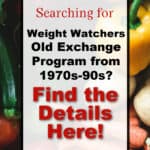
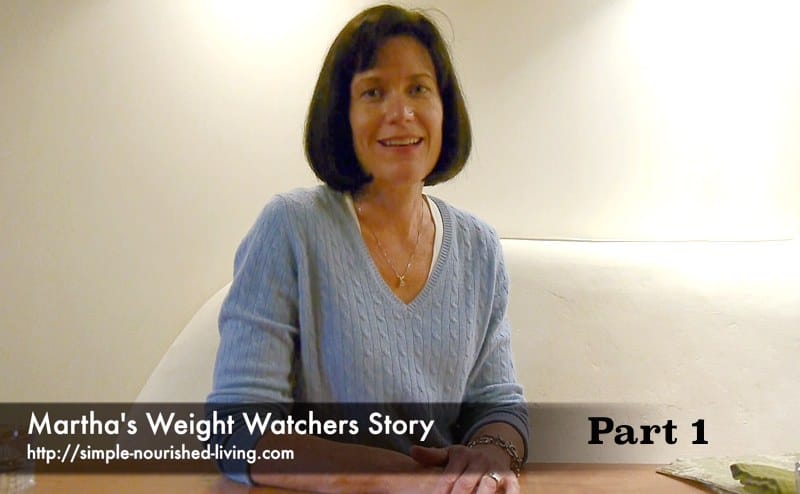
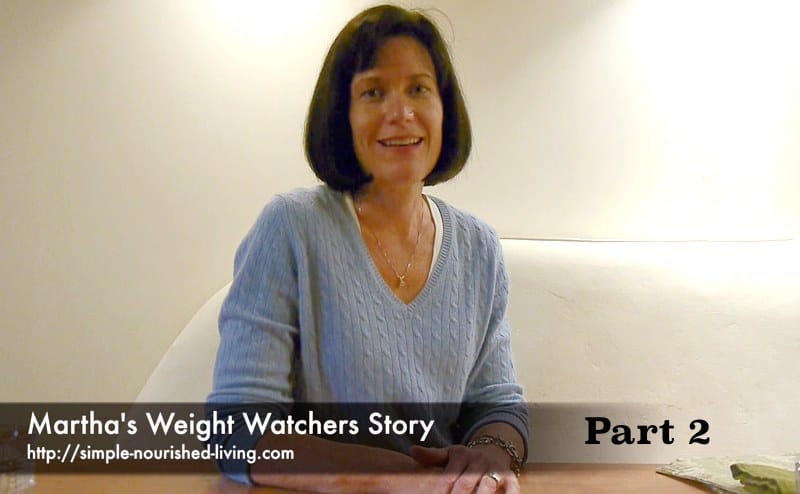
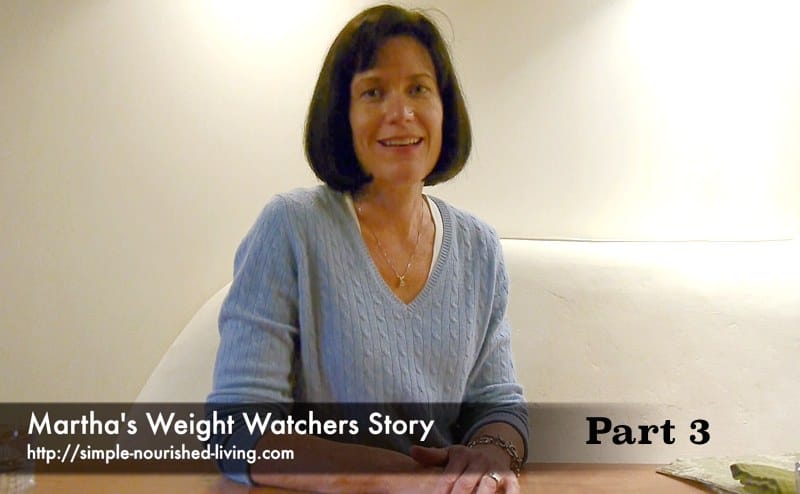
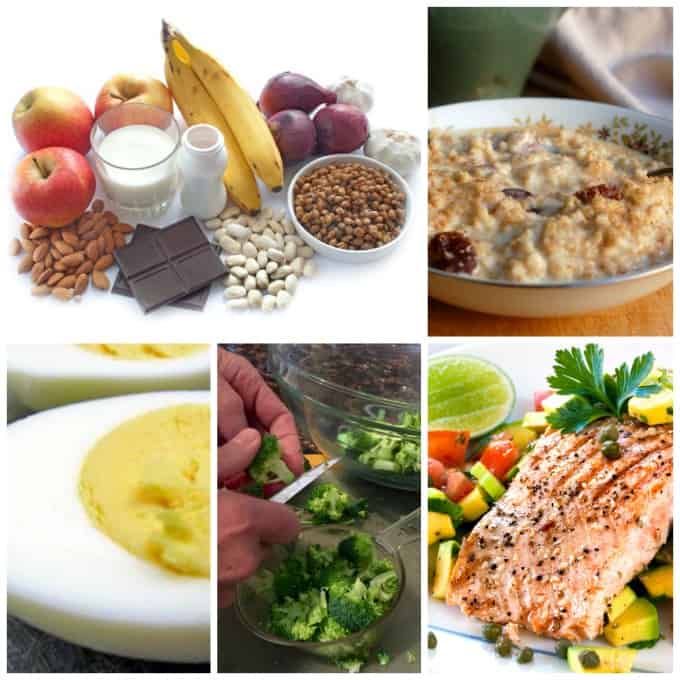

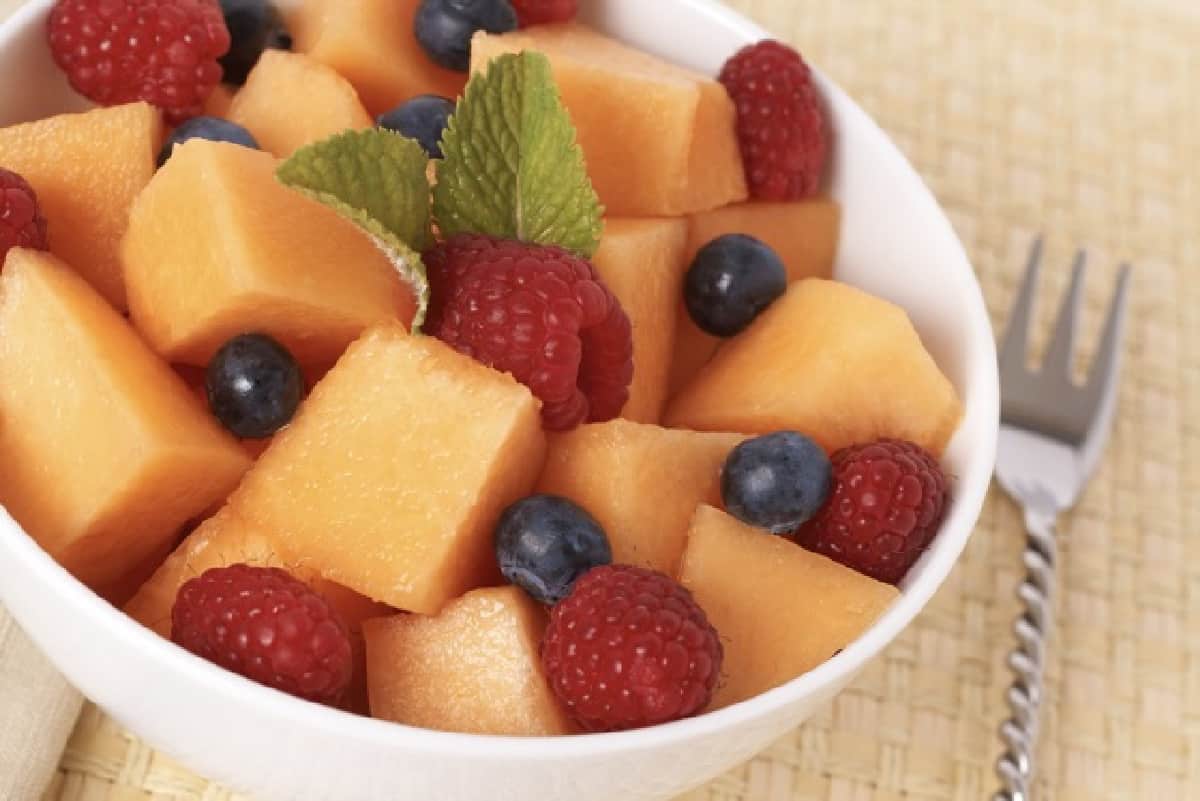


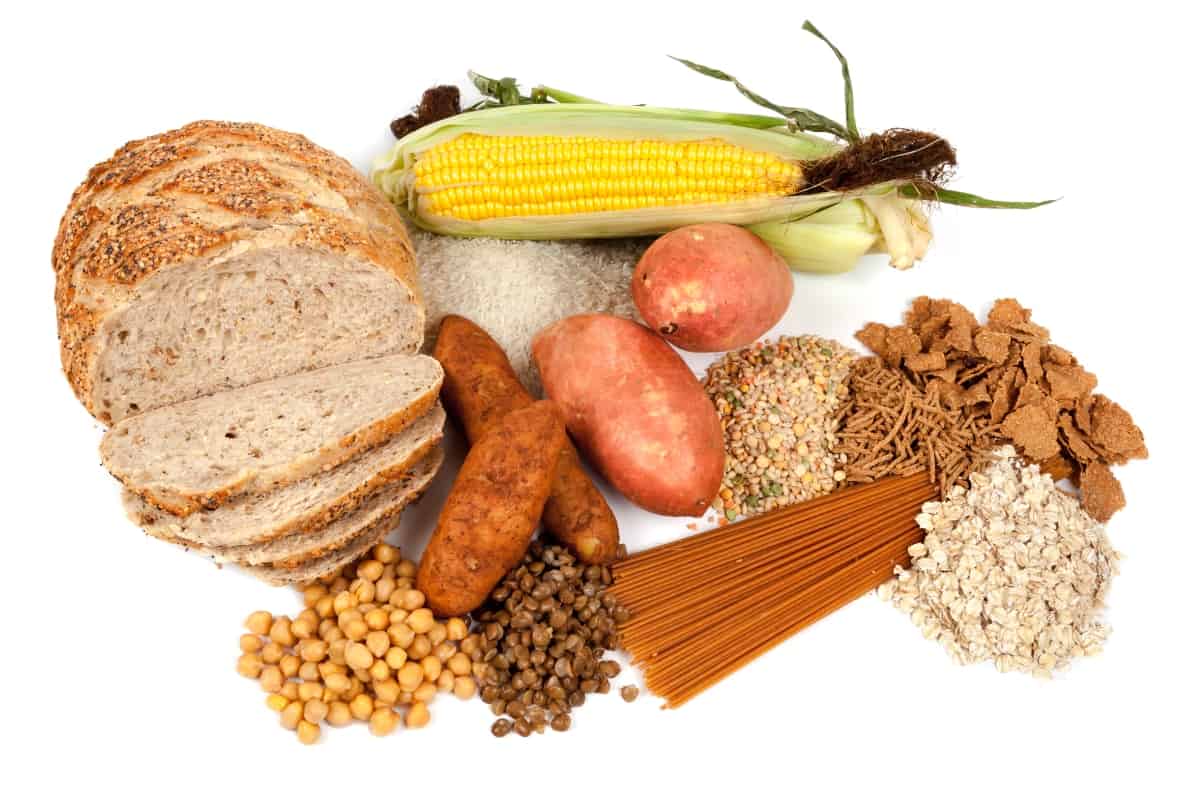

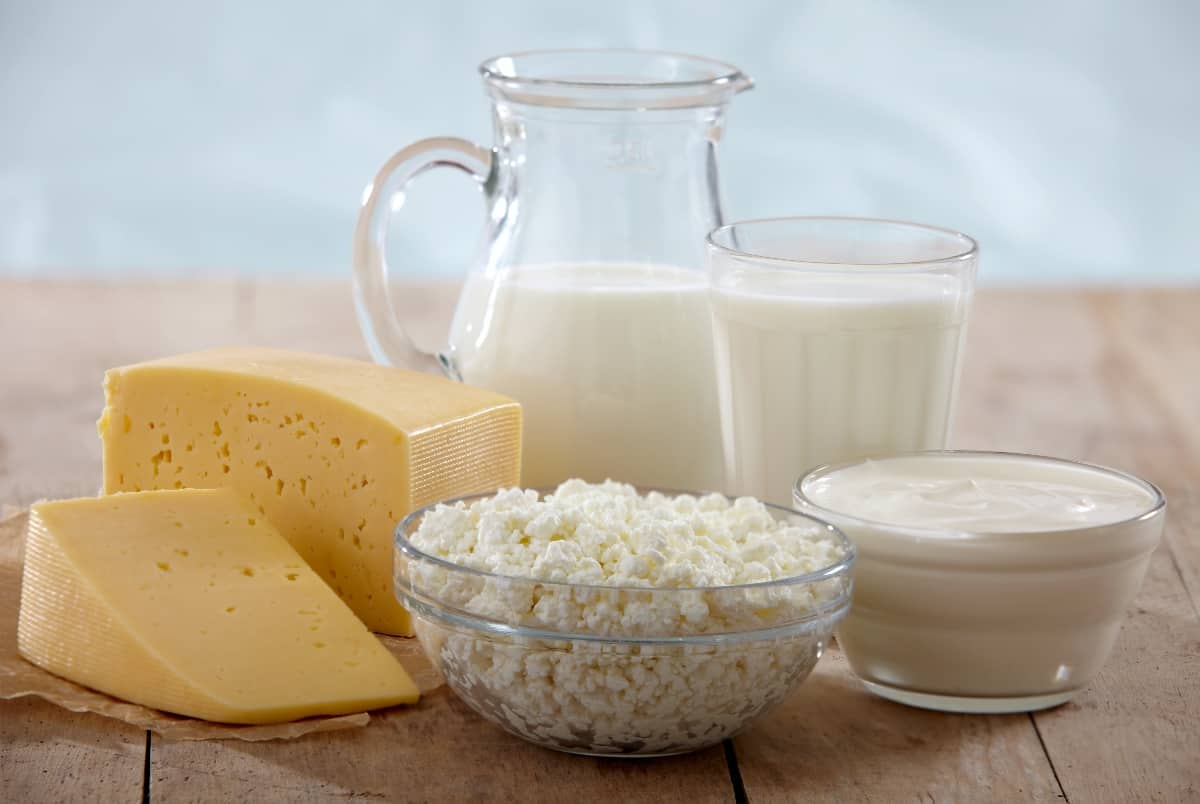
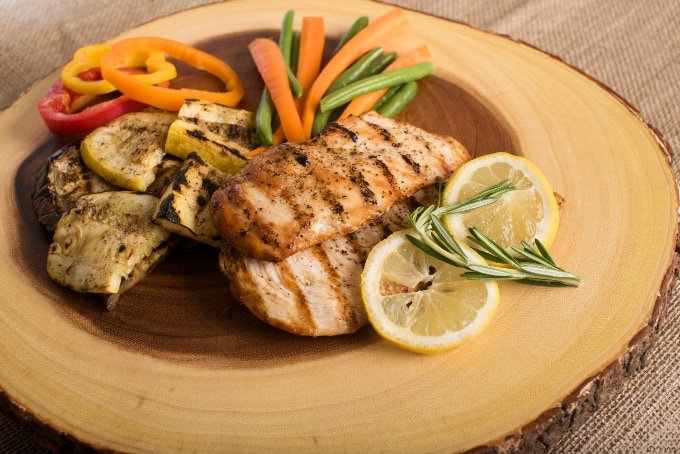
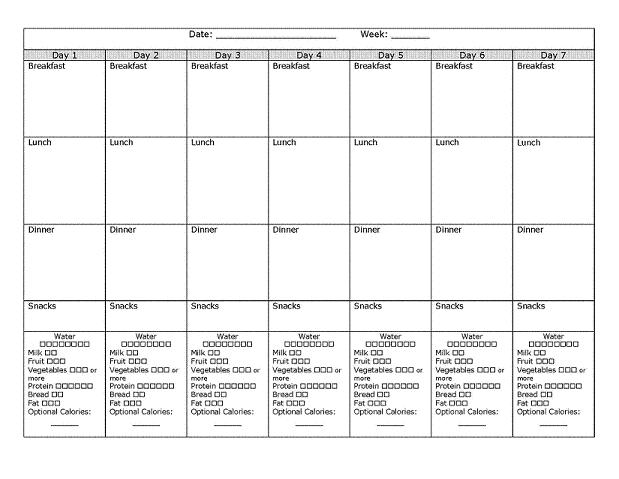

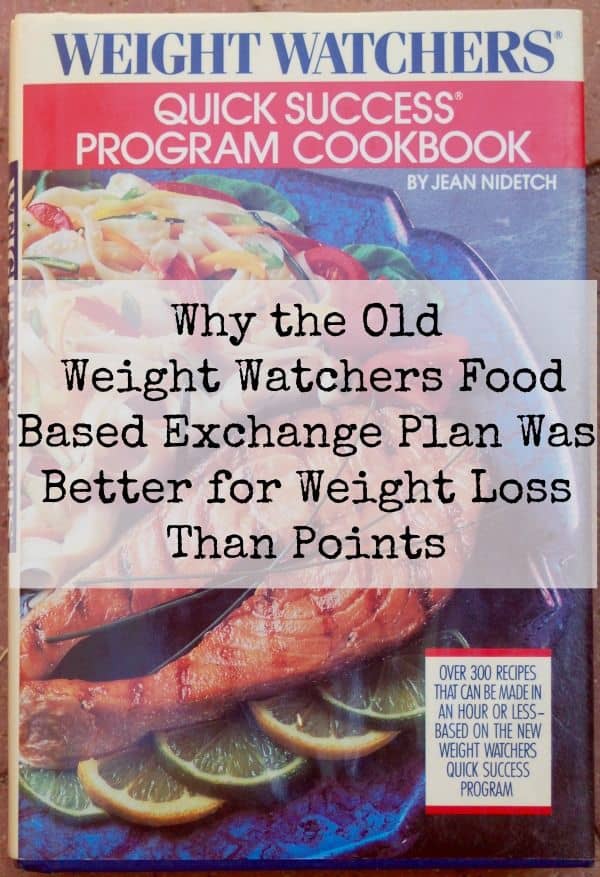
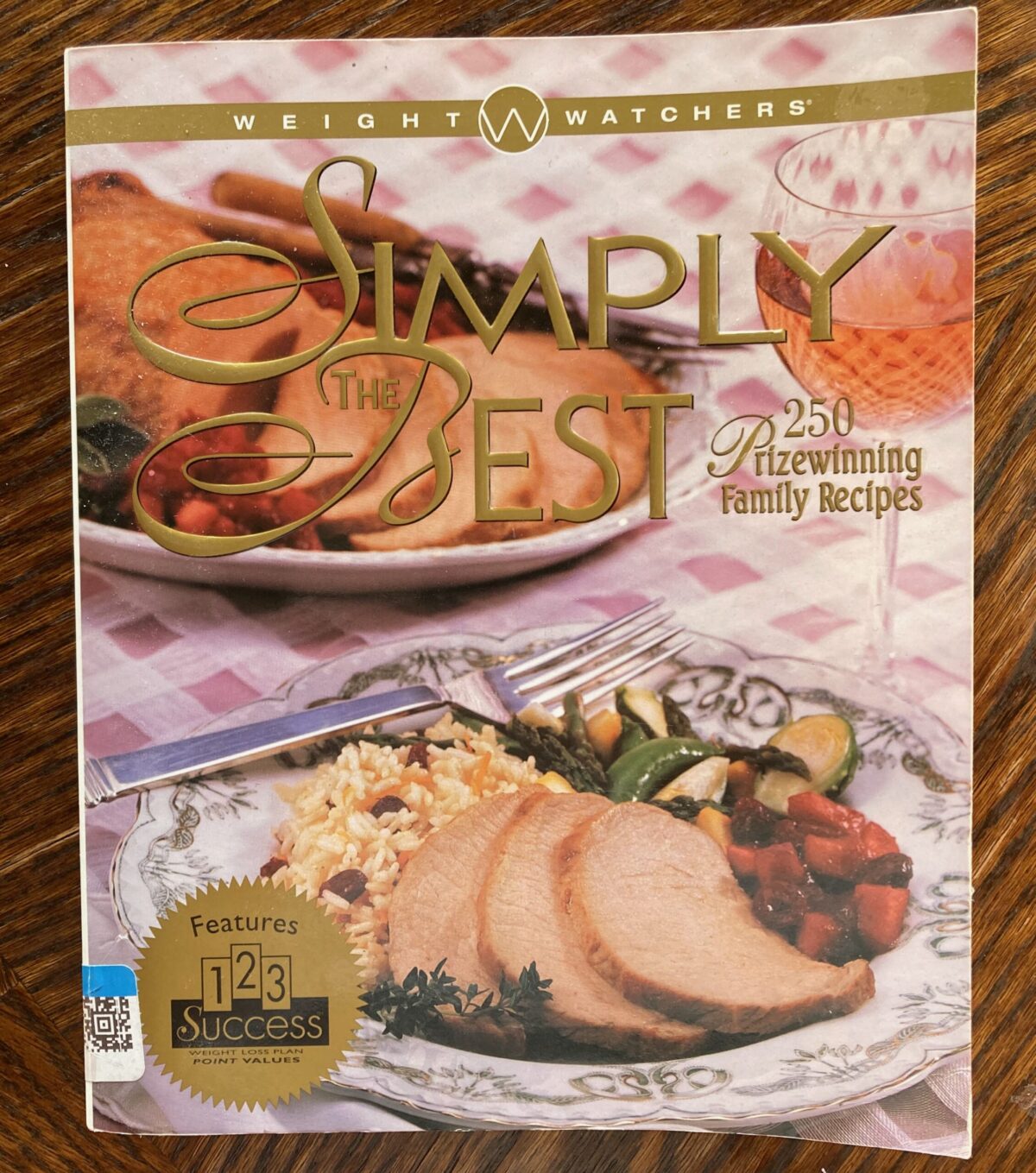
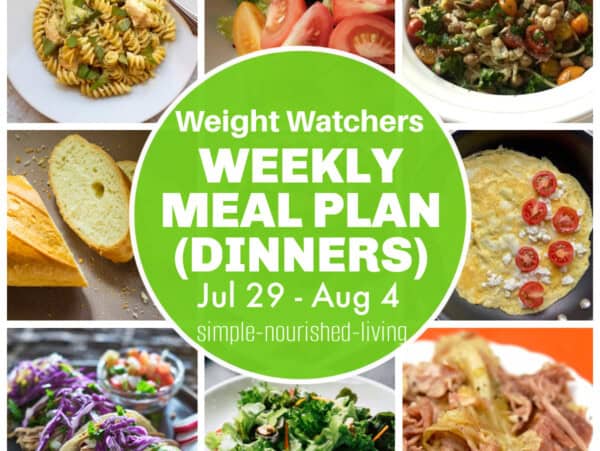
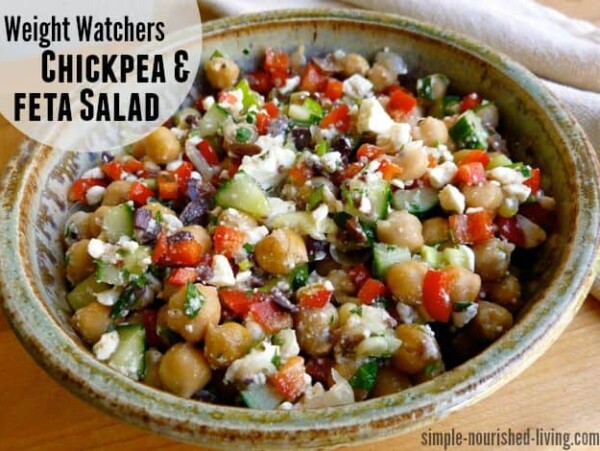
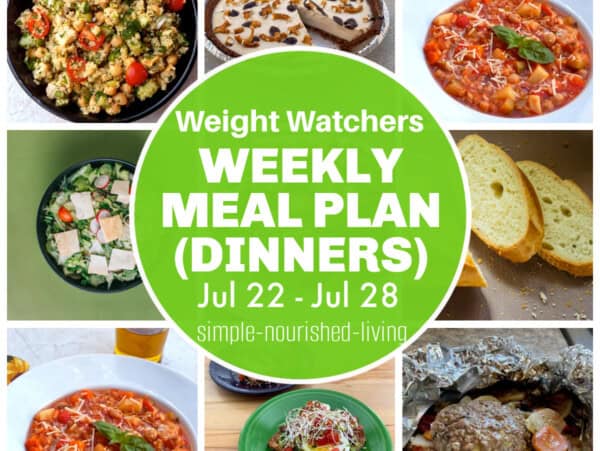
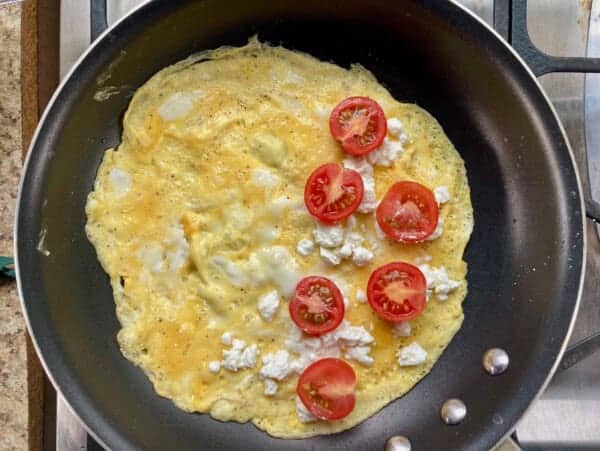
Thank you Martha, for providing this site!!!
This plan was successful for me in the 1980s-1990s. I became a WW instructor for 3 years and it was a wonderful experience. We had to make time for 1 hr/week to be accountable and to network with each other. So 35 years later, I couldn’t find my binder or materials but I found you!!! I remembered a lot of the program, but I didn’t have the rest of the tools. Thank you, I ma glad to be back “home!”
Hi Rosemarie,
Love connecting with fellow WW members and leaders!All the best. ~Martha
It’s as if a Family Reunion is happening….OMG!
About a year ago, I woke up with the notion to look for all my old WW meeting books, menus, etc., from the old Exchange system when my son was 5 years old. I lost so much weight and was confidently wearing a size 6 for years. The healthy eating and knowing portion sizes still resonates with me to this day.
There was one cookbook I loved and I can’t find it anywhere. It was part of the Quick Success Plan with full color photos throughout the book. I miss it so much AND all my old WW Magazines that came with my membership.
Anyway, I started tracking my food using the old plan again and have already lost 6 pounds. I am so happy to find this site and it’s because I was searching for my old WW cookbook.
Here’s to “Happy Losing” weight and gaining the “New Improved (Old) Us/We/Me” again. Hallelujah!
It’s as if a Family Reunion is happening….OMG!
About a year ago, I woke up with the notion to look for all my old WW meeting books, menus, etc., from the old Exchange system when my son was 5 years old. I lost so much weight and was confidently wearing a size 6 for years. The healthy eating and knowing portion sizes still resonates with me to this day.
There was one cookbook I loved and I can’t find it anywhere. It was part of the Quick Success Plan with full color photos throughout the book. I miss it so much AND all my old WW Magazines that came with my membership.
Anyway, I started tracking my food using the old plan again and have already lost 6 pounds. I am so happy to find this site and it’s because I was searching for my old WW cookbook.
Here’s to “Happy Losing” weight and gaining the “New Improved (Old) Us/We/Me” again. Hallelujah!?
I wonder if a Weight Watchers cereal portion and one half cup of milk should be considered a protein rather a starch serving. Certain foods together make a complete protein (such as cereal and milk).
It was nice to see your helpful site. I lost weight & became a lifetime member in 1997 on the Freedom Plan. Soon after, Weight Watchers changed to the Points System updating it from year to year. I have never had much success with the Points system. If you remember the Core Plan- that worked for me also, but it was similar (in my opinion) to the Exchange program. Fortunately, I have kept my WW Exchage plan information, and have started to use it. Hopefully, I will have success. About 5 years ago, in a meeting, I politely mentioned that I felt the Exchange Plan was better for me. The WW Leander didn’t want to hear that. Lol!
Hi Beth,
Glad you found this information helpful. I do remember the Core Plan as well as Simply Filling, a very similar variation, that also worked well for me. Clearly there is no one approach, just the approach that is best for us! ~Martha
Exactly!
Wondering about the maintenance aspect. Do the allowed calories per week increase?
Hello, I also had a great experience with the exchange program. I am finding the plan in the old cookbooks, but not seeing the version for older people. I am 68. Do you know where I could fine that info? Thank you!
Hi Shelley,
I don’t remember a separate plan for older folks. Of course, this was a longtime ago. ~Martha
Hi,my name is kathy. I used to work for weight watchers back in the late eighties and early nineties. There was no separate plan for seniors. Only difference was for the younger children where you had to up the amounts of food. I hope this helps with your question! Good luck! I’m 69 and getting ready to start back on it myself!
Finally! It sounded like I was reading about me! I too have tried everything out there, except the injectables. Only other one that worked for me was Atkins. Not sustainable for me.
Thank you for directing me in the right direction.
Shelly
So glad to find this, what I have been looking for. The 0 points plan, just is not restrictive enough for me 67 year old, moderately active female. When points were introduced, it all started to get confusing to me, although the first points program worked for me (after I rejoined after the old exchange program was ended) BUT then it changed so so many times. Seems to me if you just have a little to lose, the old exchange program is effective. If you have alot to lost and eating poorly, then of course moving to points and eating better is going to help. Thanks again, and thanks for all the detail, I am back on it!